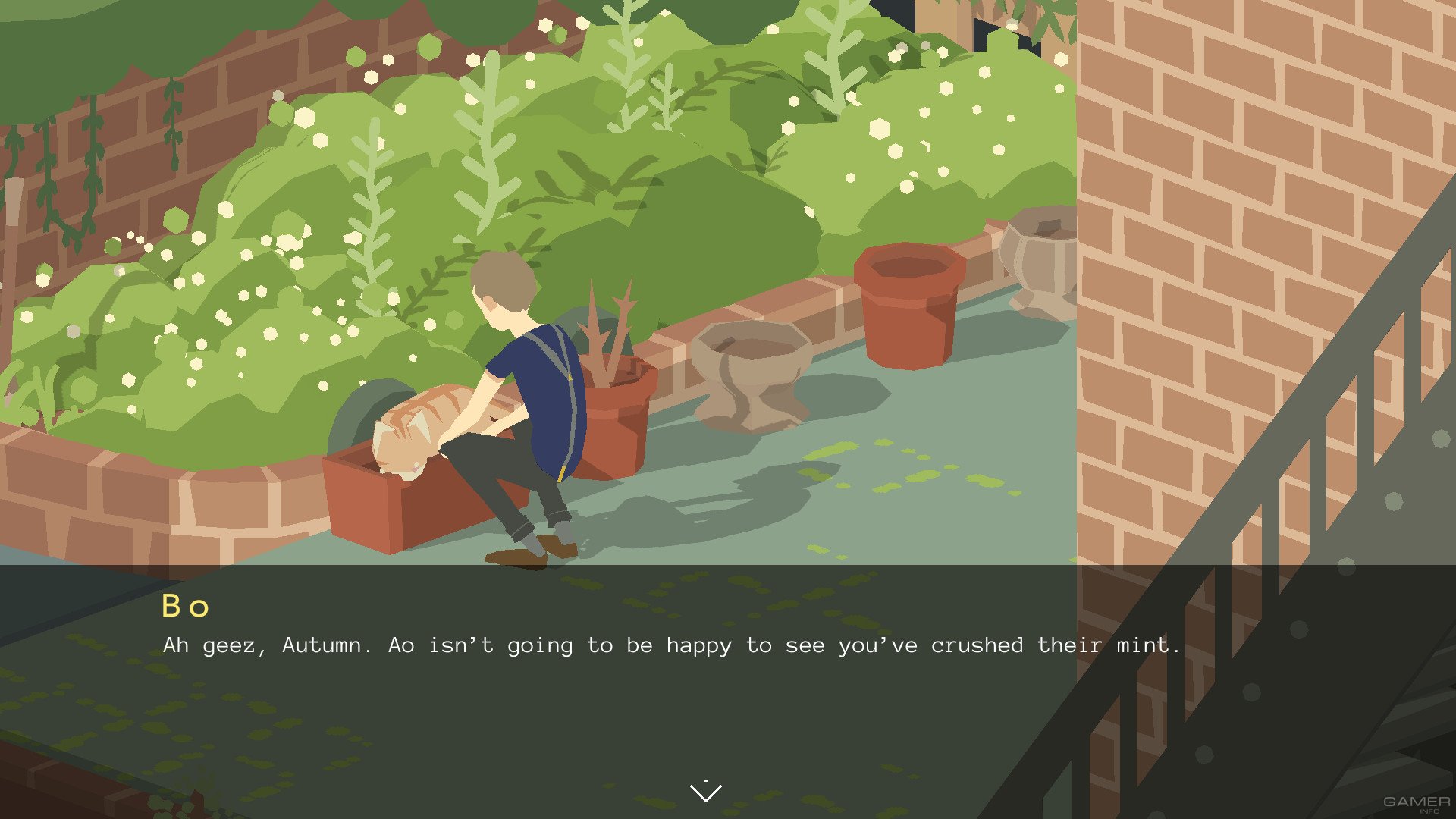

Then, a few years ago, Zach contracted skin cancer, having to dip into personal savings to cover what his health insurance didn’t. Prior to signing with Kitfox, they were DIY perhaps to a fault, the money from such donations enough to live on (ranging anywhere between $3,400 to $8,181 per month, according to this Vice article) but little more. Since 2006, Dwarf Fortress has been a free game, the pair’s livelihood sustained only by donations made from a page tucked away in a corner of their website and then via Patreon. You could describe Tarn and Zach in precisely the same terms, two developers who, in the often entrepreneurial arena of indie game development, are as close to punk rockers as it gets. It works but it took a long time to land on that.” “Now, we have a giant ramp tile set that shows hills pointing in different directions. “There’s four tiles that have to come together to make the perfect ramp,” he says. A point of confusion in the original version, ramps required an upward triangle being placed next to a wall and the space above the ramp being free. “The challenge was, how do you display this 3D environment when you’re doing 2D slices?” he says. Rather, it was in representing the game’s subterranean space. The challenge, Tarn says, wasn’t creating a variety of art to match the eye-watering array of variables the game can spit out (the dwarf was “nailed immediately,” while variations of hair and, just as importantly, beards came together naturally over time).


Now, a mountain goat is a pixel art version of just that and a goblin wrestler is, well, a goblin wrestler (who, befitting the depth of the game’s simulation, is able to have children).


 0 kommentar(er)
0 kommentar(er)
